Our blog brings together industry expertise, best practices, and emerging trends, so you can make confident decisions that enhance communication, improve efficiency, and create engaging customer experiences.
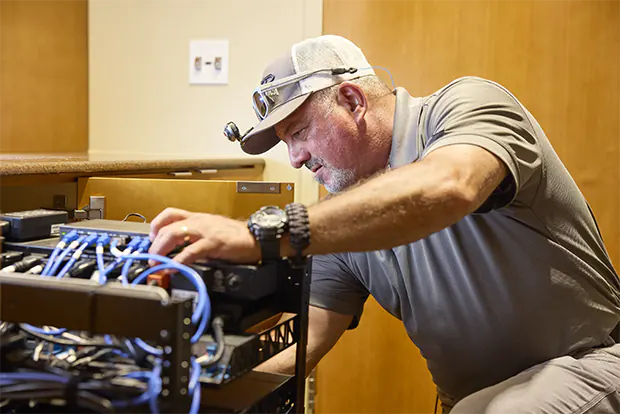
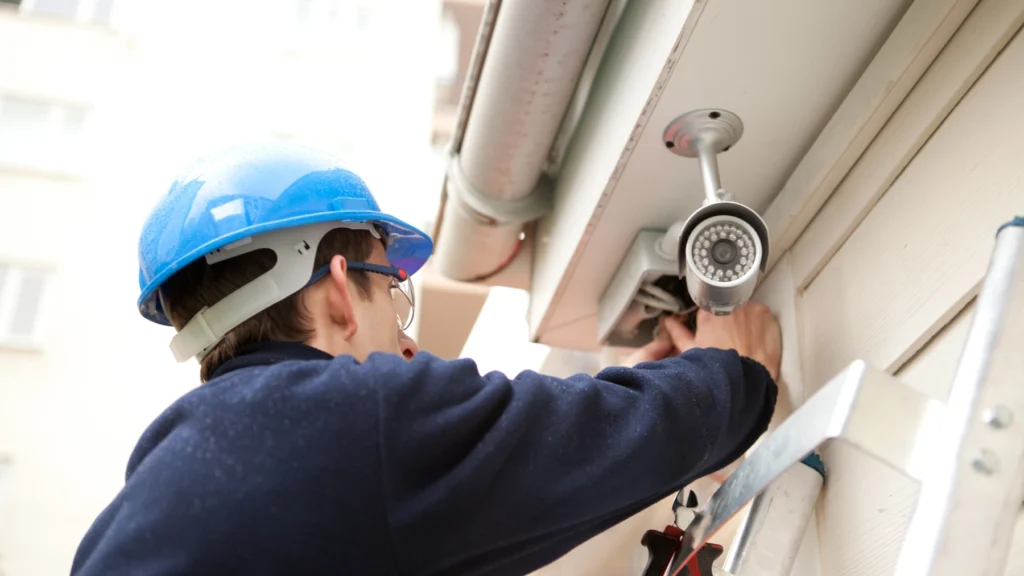
Modern commercial security solutions depend on every system working well with each other at all times. When done right, integration saves money, simplifies operations, and gives your staff the visibility they need.
Learn More
Recoup lost revenue, limit downtime, and boost Wi-Fi reliability. If you're a business owner (even if you're outside the QSR scene), here are five reasons why you should schedule a network audit this year.
Learn More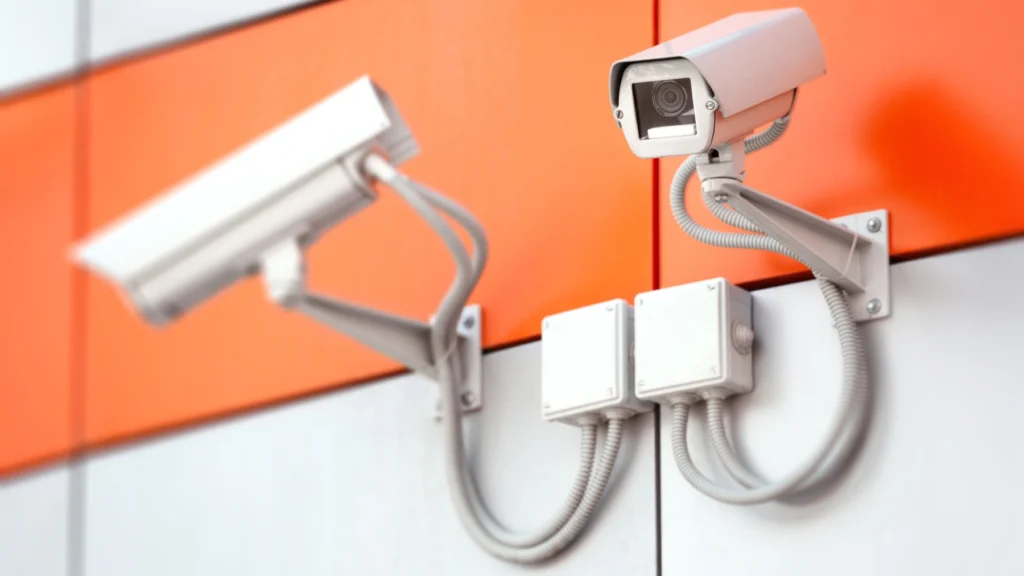
Business owners: Tired of reviewing hours of footage? Here’s how upgrading your surveillance system to include video analytics can help you prevent losses even before they happen and improve your bottom line.
Learn More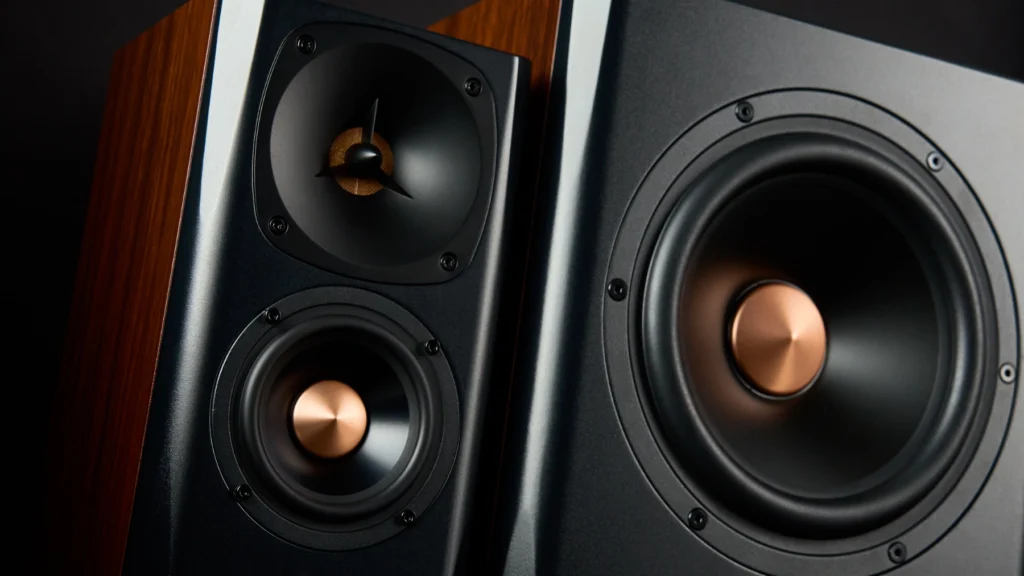
Great audio is all about even coverage and reliability. This new guide from CGS outlines the pros and cons of both wired and wireless sound systems, and how to choose the best solutions for your business.
Learn More
From Wi-Fi and point-of-sale to CCTV and access control — your hotel’s IT risks are all interconnected. Your solution should be too. Conduct an IT risk assessment today to uncover hidden vulnerabilities before it’s too late.
Learn More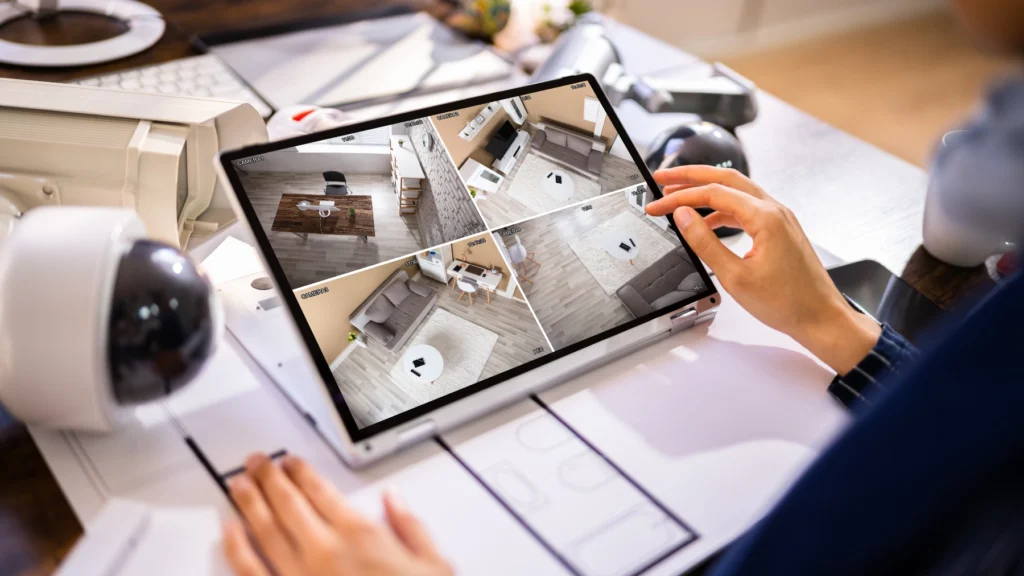
In modern business, security is a chain that’s only as strong as its weakest link. Discover the top business security solutions every company should have in place and how to tie them all together with one trusted partner.
Learn More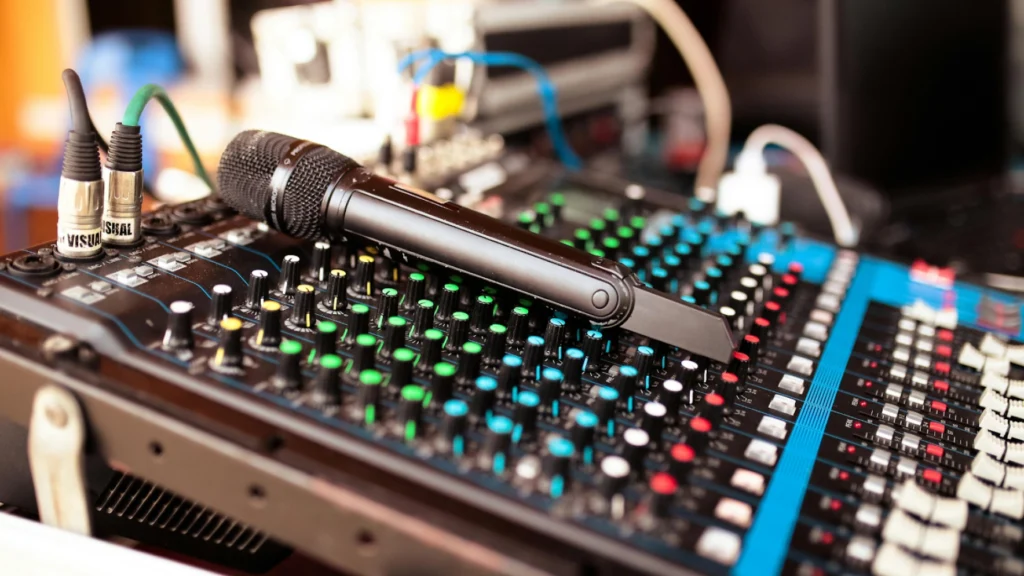
Don’t let AV failures ruin guest experiences and events. Discover why a commercial AV maintenance plan acts as reputation insurance by preventing downtime, protecting your brand, and saving you money.
Learn More
If you own or manage a QSR then you already know what happens when you need an emergency drive-thru repair. Orders back up, customers pull out of the line, and revenue drives away with them. Prevent drive-thru breakdowns with expert tips from CGS.
Learn More
Most businesses are blind to their biggest IT risks. Is yours? If you run a quick-service restaurant group with multiple locations, you already know how challenging it is to keep every site secure and connected. Between point of sale systems, cameras, Wi-Fi routers, and local service providers, your network may have evolved piece by piece […]
Learn MoreOur monthly newsletter delivers expert tips, industry updates, and practical insights to help you get the most from your AV and security systems. You’ll also get to know the skilled technicians behind our work through featured stories and field-tested advice.

Fill out this form to schedule a call or in-person meeting.